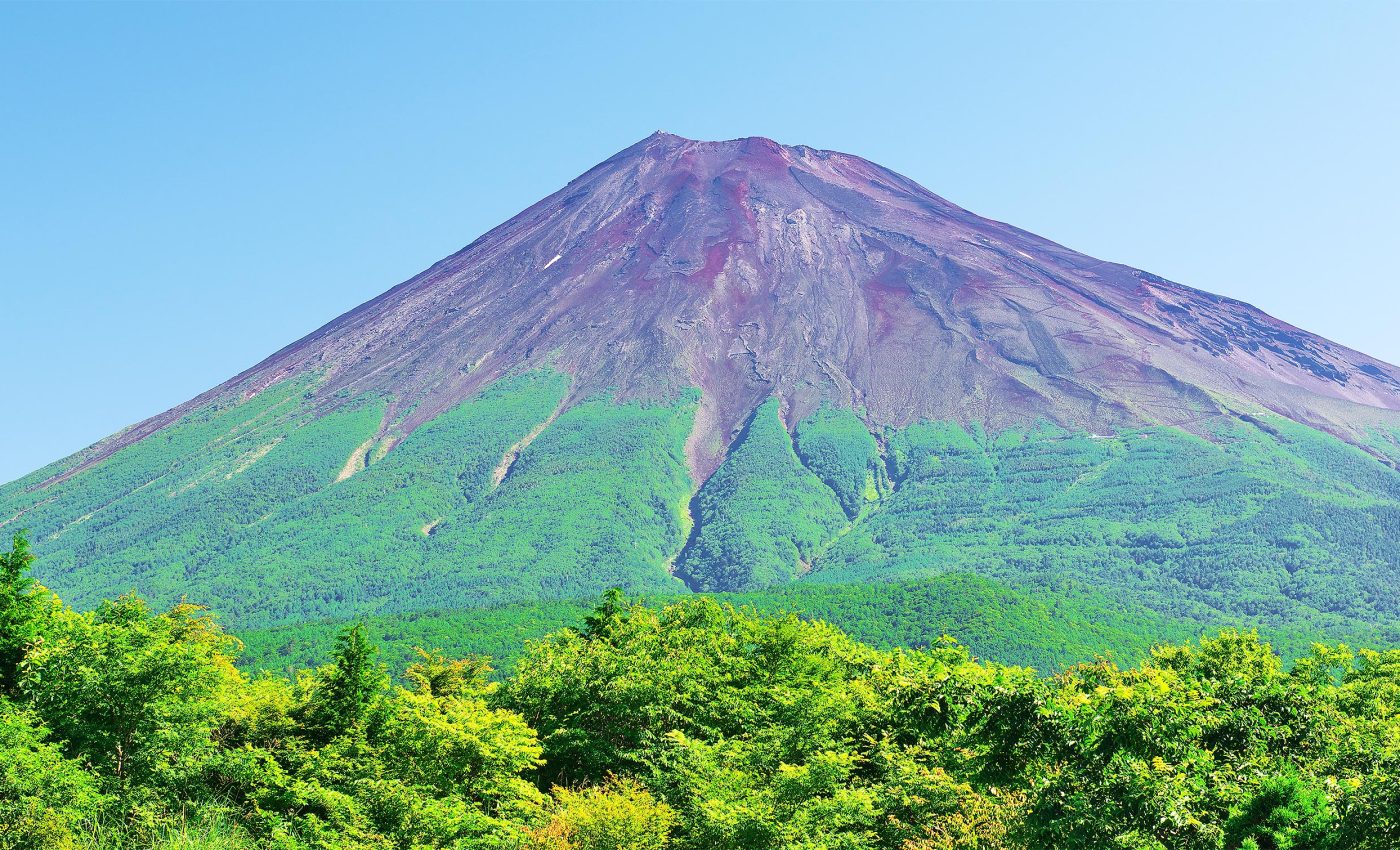
Mount Fuji has no snow for the first time in 130 years
This year, Japan’s iconic Mount Fuji stands surprisingly snow-less, marking the first time in 130 years of records that its slopes have been bare.
Typically, Mount Fuji is known for its majestic snow-covered slopes throughout most of the year. Every fall, the volcano’s snowcap makes its appearance — usually during the first week of October.
Last year, snow was first spotted on the peak as early as October 5, but this year has been different.
Missing snow on Mount Fuji
Mount Fuji’s top seems to have skipped its annual white makeover. According to Yutaka Katsuta, a forecaster at Kofu Local Meteorological Office, warm weather has prevented snowfall on Japan’s highest mountain.
This makes it the latest date the mountain has remained bare since comparative data was first recorded in 1894. It beats the previous record from 1955 and 2016, when snowfall was first observed on October 26.
Why is this happening?
According to Katsuta, temperatures were high this summer, and these high temperatures continued into September – deterring the cold air which brings snow.
Katsuta noted that climate change could be affecting the timing of the snowcap’s formation.
In fact, the summer of 2024 was the joint hottest on record for Japan, matching the extreme temperatures seen in 2023.
Mount Fuji: A hiking hub
Not just a spectacle of nature, Mount Fuji is also a hub for hiking enthusiasts, with over 220,000 visitors pushing themselves up its steep, rocky slopes every year during the hiking season.
The hikers often climb through the night, driven by the prize of a sunrise view from the 3,776-meter (12,388-foot) summit.
However, this year saw fewer climbers. The Japanese authorities, in tackling over-tourism, introduced an entry fee and a daily cap on the number of hikers.
Aside from being a physical challenge and a natural snow landmark, Mount Fuji is also an aesthetic muse. It has inspired countless artworks, including the legendary Hokusai’s “Great Wave.” Its last eruption was about 300 years ago.
Mount Fuji’s bare slopes
The unusual absence of snow on Mount Fuji raises significant environmental concerns. The lack of early snowfall is not only an anomaly for Japan’s most revered peak but serves as a palpable indicator of broader climate changes affecting our planet.
Such shifts in seasonal patterns can have lasting impacts on local ecosystems, affecting flora and fauna adapted to colder temperatures.
Moreover, the melting snow traditionally contributes to freshwater sources for surrounding areas. This delay in snow accumulation could result in water scarcity issues during the subsequent seasons.
Cultural significance of the mountain
Mount Fuji and its snow holds profound cultural significance, weaving deep into the fabric of Japanese identity. It serves as a symbol of natural beauty and spiritual connection that pervades literature, folklore, and art.
The mountain’s snow-covered visage is more than just a picturesque scene; it resonates with historical narratives and personal pilgrimages. As Japan faces this climatic shift, it presents an opportunity for reflection and adaptation.
Scientists and policymakers alike must collaborate on strategies to mitigate these changes, ensuring this iconic mountain continues to inspire future generations while safeguarding its ecological health and cultural heritage.
Mount Fuji’s delay in snow
Scientists are researching why Mount Fuji is experiencing delays in snowfall. They are looking at local and global climate conditions, temperature changes, and historical climate data to understand how climate change affects the mountain.
Improved weather technology helps them predict future snow patterns. The research could help the local community adapt to changes on Mount Fuji, while enhancing our understanding of mountain climates globally.
Implications of the missing snow
The lack of snow on Mount Fuji highlights the need for climate awareness. Environmental groups and governments are using this to educate people about the effects of climate change.
The goal is to raise awareness about sustainability and reducing carbon footprints. These efforts encourage a shared responsibility to protect the natural beauty of places like Mount Fuji for future generations.
The missing snow on Mount Fuji is not just an anomaly in weather patterns; it seems to be a symptom of the larger issue of climate change. It’s a reminder that our actions affect not just our immediate surroundings but the entire globe.
—–
Like what you read? Subscribe to our newsletter for engaging articles, exclusive content, and the latest updates.
Check us out on EarthSnap, a free app brought to you by Eric Ralls and Earth.com.
—–













